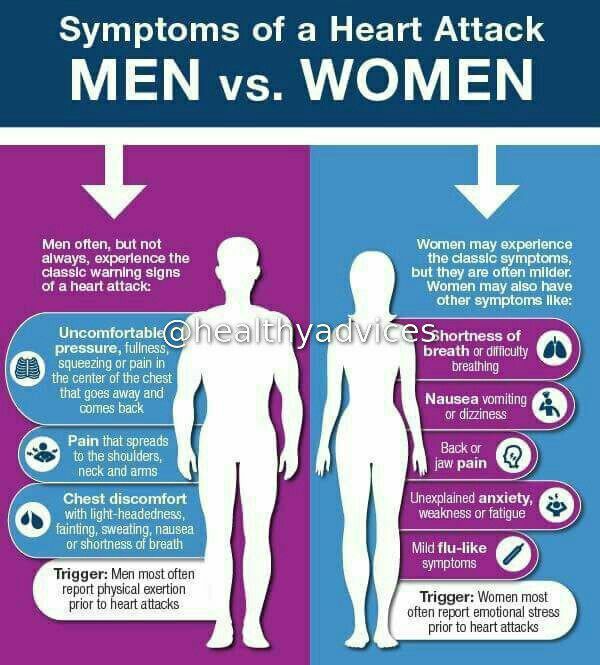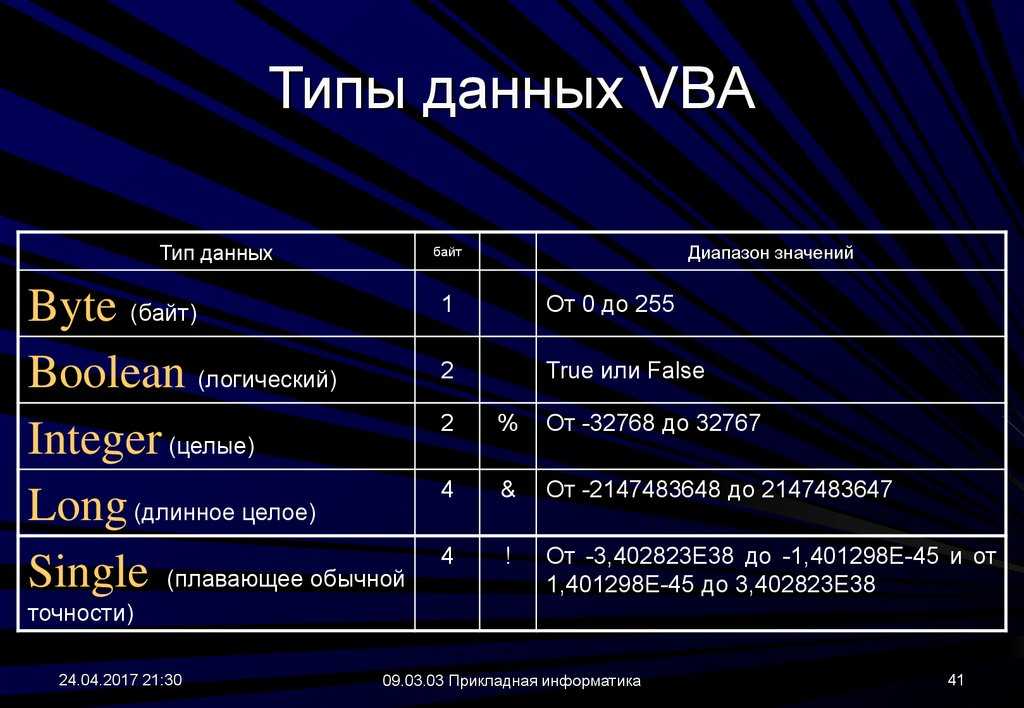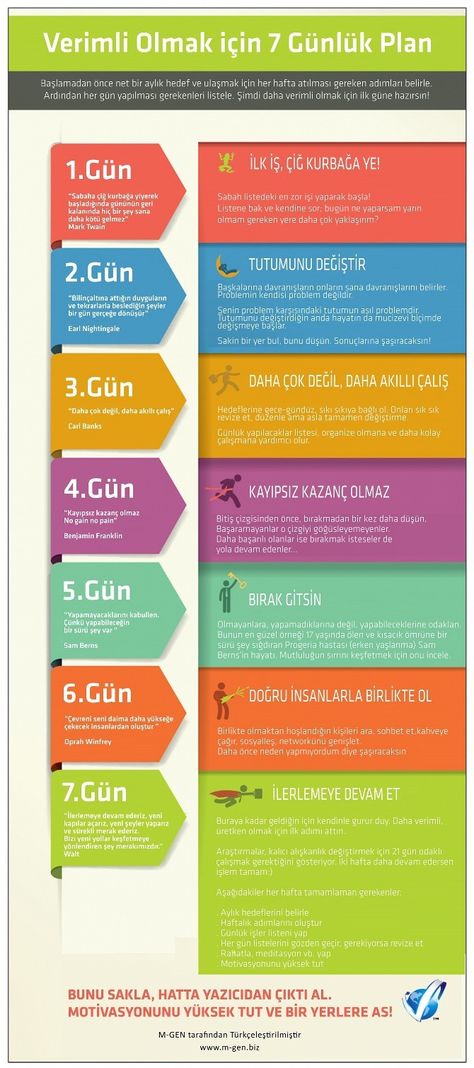Anxiety attack and chest pain
What It Feels Like, Causes, and Remedies
Feeling worried, fearful, or nervous from time to time is quite normal for most people. These are typical reactions to atypical moments in everyday life.
Some people experience anxiety frequently. Symptoms can move beyond feelings of concern or worry to other physical reactions. Occasionally, these symptoms are mistakenly associated with other conditions.
As an example, chest pain is sometimes a symptom of anxiety. Often the result of a panic attack or heightened reaction, chest pain is a concern because of the possible connection to heart attacks and other heart conditions.
If you experience frequent anxiety, learning to understand your chest pain can help you find symptom relief and identify when you need additional medical help.
Anxiety symptoms are rarely the same from person to person. Some days, symptoms aren’t even the same for the same person. Anxiety presents itself in a variety of ways, and that makes detecting or understanding symptoms difficult.
Chest pain associated with anxiety feels different for each person. Some people may experience chest pain on a gradual basis. For others, the pain may be sudden and unexpected. Anxiety chest pain can be described as:
- sharp, shooting pain
- persistent chest aching
- an unusual muscle twitch or spasm in your chest
- burning, numbness, or a dull ache
- stabbing pressure
- chest tension or tightness
If you don’t have a history of chest pain with anxiety, you may be alarmed. Many people assume they’re having a heart attack and go to the hospital’s emergency department for treatment.
An estimated 25 to 50 percent of patients who come to the emergency department with low risk chest pain (chest pain not related to a heart attack) experience moderate to severe anxiety, according to 2018 research.
If you visit a hospital emergency room and the doctors don’t find a specific cause for your chest pain, consider consulting with your doctor about other possible causes, including anxiety.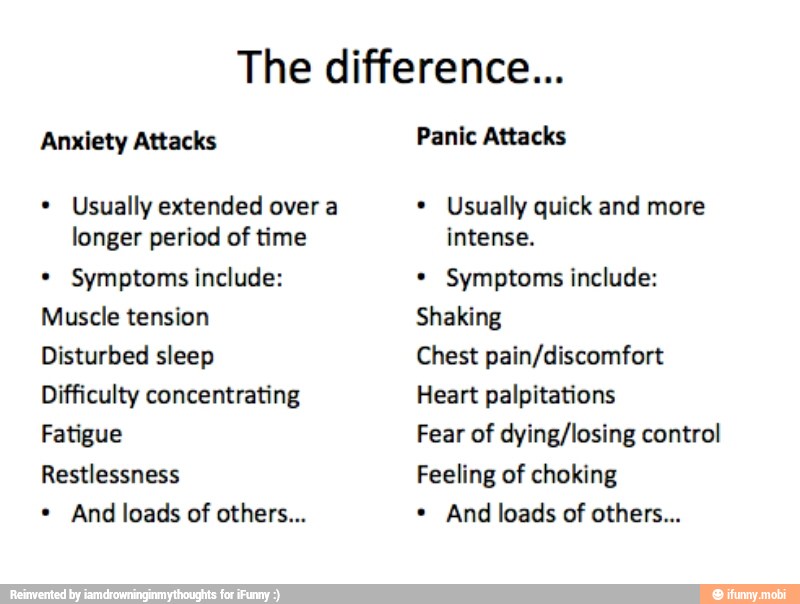
Chest pain is a concerning symptom, and it’s usually best to seek emergency medical attention if you’re experiencing it. Even if the chest pain cause is anxiety, it’s better to know than to risk missing valuable time if you’re having a heart attack.
People describe chest pain in a number of ways when they’re having a heart attack. Some examples include:
- chest pain that radiates to other parts of your body, such as down your arms or up to your jaw
- chest pain that worsens with exertion
- nausea along with chest pain
- pressure in the chest, as if someone has put something heavy on your chest
- rapid heart rate
- shortness of breath
- squeezing sensation in the chest
An estimated 30 percent of patients who are having a heart attack don’t have chest pain, according to 2020 research. Some people report symptoms like back pain and fatigue as part of their heart attack symptoms.
While doctors know there is a connection between anxiety and chest pain, you still shouldn’t ignore your symptoms and seek medical attention.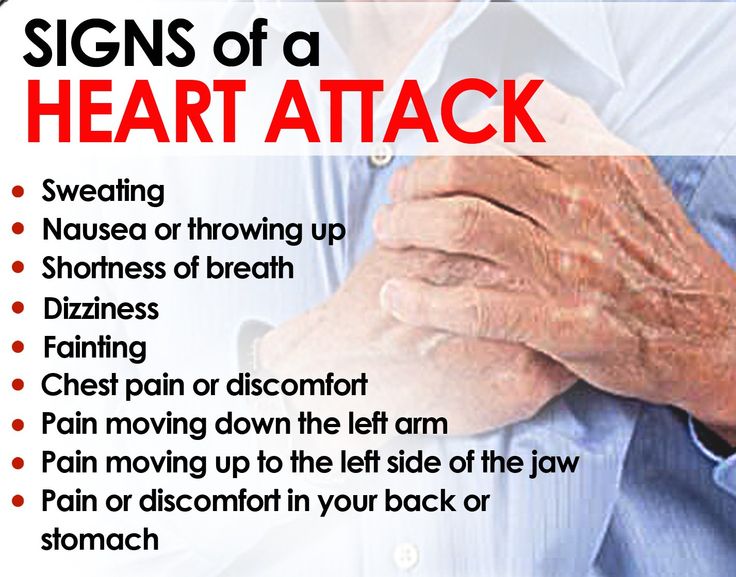
Call your local emergency services if you’re having chest pain. Don’t attempt to drive yourself to the hospital. Emergency personnel can evaluate you and determine whether you’re having a cardiac event or if there’s another reason for your chest pain.
When you’re anxious, your body can and often does produce physical reactions like sweating or shortness of breath.
When you become anxious, your brain and body set off an immediate stress response. This includes a physiological change. Your body may tighten up or grow tense.
A stress response can also include a psychological or emotional response. You may become aggressive or upset more easily. These responses are referred to as the fight-or-flight response. When you become stressed or anxious, your body prepares to fight back or run away.
If you experience this fight-or-flight stress reaction infrequently, your body should fully recover within 30 minutes. But if you experience it frequently, your body can’t recover as quickly.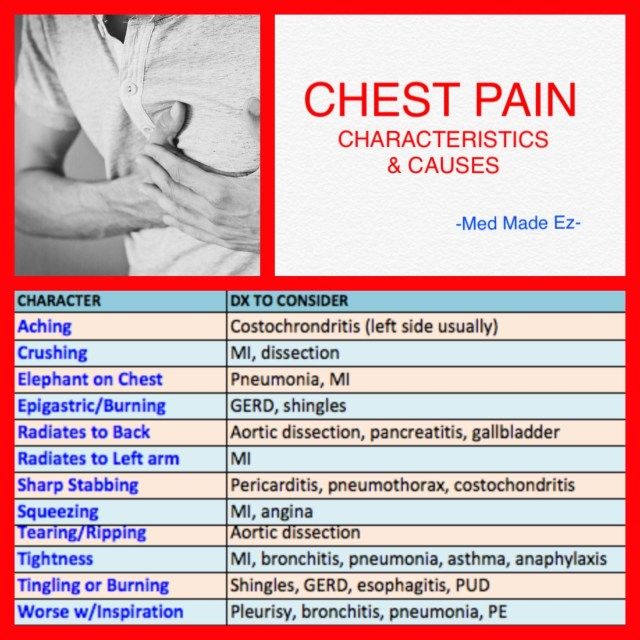 This can lead to increased muscle tension, and this tension may become painful in your chest.
This can lead to increased muscle tension, and this tension may become painful in your chest.
Likewise, in an even more stressful moment, your heart rate may increase, and the force of your heartbeats can grow stronger. That combined with tight chest muscles can make you feel unusual pain.
If you feel anxious, there are some simple techniques you can try. These techniques may not work every time, but they’re a great starting point when you need help managing your anxiety.
Practice deep breathing
Focused, deep breaths can calm both your mind and your body. Find a quiet room or area, and inhale for a count of 10. Hold for a second, and then exhale for a count of 10. Repeat this several times as you feel your heart rate fall.
Take stock of the situation
Accept your feelings of anxiety, recognize them, and then work through putting them in perspective.
Are you worried about something you can’t control? Are you fearful of an outcome that’s unlikely? Are you dreading a situation you can’t control the outcome of? Talk your way through your feelings to find the source, and then work to put them into perspective.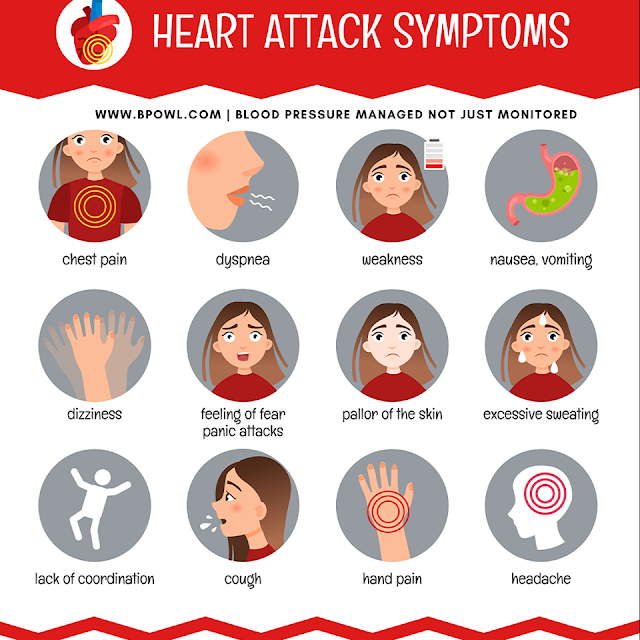
Picture a beautiful scene
If you’re feeling anxious, try visualizing a place that instantly calms you. This can be especially helpful if you’re feeling anxious while in a situation you can’t avoid, like a stressful meeting. Practice deep breathing while you envision this location.
Use a relaxation app
Smartphone apps for anxiety can walk you through stress reduction techniques and exercises. There are also meditation apps that may help you quiet your mind when you’re feeling anxious. Many of these apps are free, so you can try out several to find one that works for you.
Be proactive about your physical health
Are you taking good care of your body? Are you getting enough sleep? Are you eating well? Taking good care of your body is also taking good care of your mind. While this won’t help treat anxiety chest pain, it may help you reduce your risk for anxiety and subsequent chest pain in the future.
If your anxiety and chest pain are severe or chronic, you may need to consult with a therapist. They can talk you through situations that cause anxiety and share coping techniques.
They can talk you through situations that cause anxiety and share coping techniques.
These techniques may not come naturally to you if you’re often anxious. This is where a healthcare professional can help.
A therapist or doctor may be able to teach you coping techniques that help you feel in control and secure. When you begin to regain a sense of calm, your symptoms, including chest pain, will subside.
If coaching techniques or mental exercises aren’t successful, you may need to consider a prescription. Anti-anxiety medications have side effects and risks. But using them as a stopgap while you learn how to cope with symptoms can be helpful.
Chest pain shouldn’t be ignored. If you’re experiencing it, seek medical attention to rule out a heart condition. If your chest pain is found to be related to anxiety, then you can work with a therapist or doctor to learn coping techniques or determine the best treatment for you.
Identifying anxiety as the cause of your chest pain is an important step in treating your condition.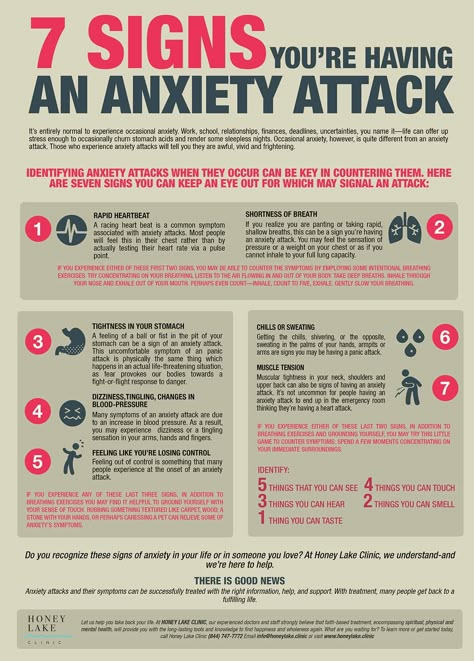 As you learn to manage the side effects of anxiety, you’ll also learn to manage unintended complications like chest pain.
As you learn to manage the side effects of anxiety, you’ll also learn to manage unintended complications like chest pain.
While you can’t know for sure if or when you’ll experience anxiety chest pain again, preparing yourself with coping techniques and practices will help you feel more prepared and in control.
Read this article in Spanish.
Anxiety, Heaviness, Stress, Shortness of Breath
You should see a doctor immediately if you suspect that you’re having a heart attack. Symptoms of a heart attack include:
- pain
- squeezing
- burning
- pain that lasts for several minutes
- continual pain in the middle of your chest
- pain that travels to other areas of the body
- cold sweating
- nausea
- difficulty breathing
Many conditions can cause you to experience a tight chest. These conditions include:
COVID-19
Making headlines in 2020, COVID-19 is a viral disease that can cause tightness in the chest for some people.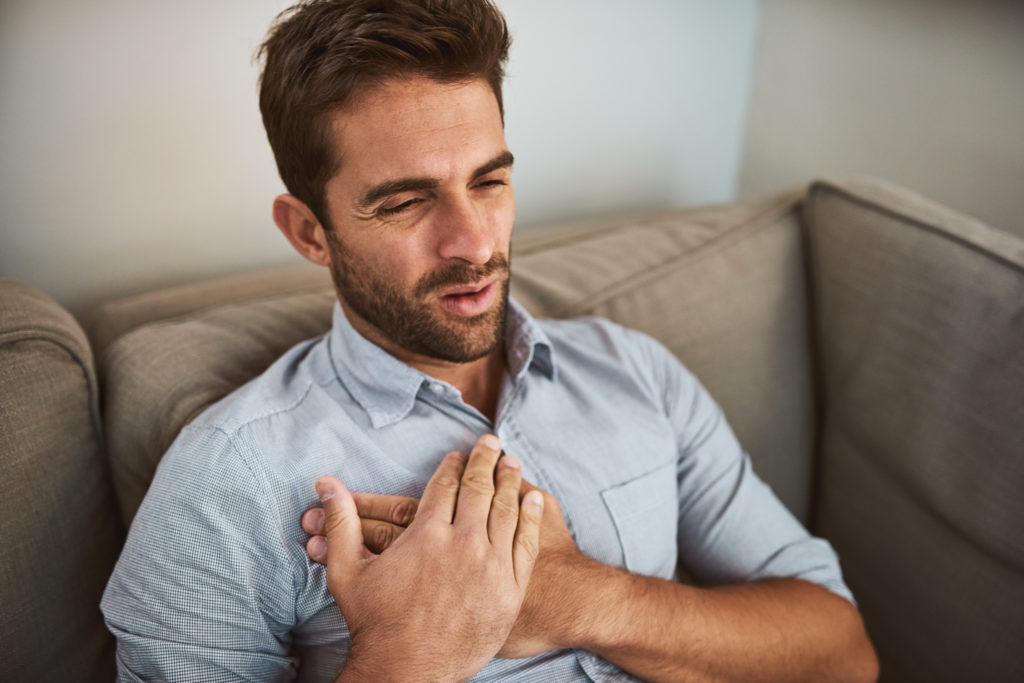 This is an emergency symptom, so you should contact your doctor or medical services if you’re experiencing persistent chest tightness. According to the Centers for Disease Control and Prevention (CDC), other emergency symptoms of COVID-19 include:
This is an emergency symptom, so you should contact your doctor or medical services if you’re experiencing persistent chest tightness. According to the Centers for Disease Control and Prevention (CDC), other emergency symptoms of COVID-19 include:
- trouble breathing
- bluish lips
- persistent drowsiness
More commonly, those who have COVID-19 will experience mild symptoms that include fever, dry cough, and shortness of breath.
Learn more about COVID-19.
Anxiety
Anxiety is a common condition. About 40 million adults in the United States have an anxiety disorder. Chest tightness is one symptom of anxiety. There are others that may occur simultaneously, including:
- breathing rapidly
- difficulty breathing
- pounding heart
- dizziness
- tightening and aching muscles
- nervousness
You may find that your anxiety culminates in a panic attack, which can last for 10 to 20 minutes.
Learn more about anxiety.
GERD
Gastroesophageal reflux disease, often referred to as GERD, occurs when stomach acid travels back up from the stomach to the esophagus, the tube connecting your mouth and stomach.
Along with a tight chest, symptoms of GERD include:
- a burning sensation in the chest
- difficulty swallowing
- chest pain
- the sensation of a lump in your throat
Most people experience some form of acid reflux from time to time. However, people with GERD experience these symptoms at least twice a week, or more severe symptoms once a week.
It’s possible to treat GERD with over-the-counter medications and lifestyle changes. Surgery and stronger medications are options for those who experience debilitating GERD.
Learn more about GERD.
Muscle strain
Muscle strain is a common cause of tightness in the chest. Straining of the intercostal muscles, in particular, can cause symptoms.
In fact, 21 to 49 percent of all musculoskeletal chest pain comes from straining the intercostal muscles. These muscles are responsible for attaching your ribs to one another. Muscle strain typically occurs from intense activity, like reaching or lifting when twisting.
These muscles are responsible for attaching your ribs to one another. Muscle strain typically occurs from intense activity, like reaching or lifting when twisting.
Along with muscle tightness, you may experience:
- pain
- tenderness
- difficulty breathing
- swelling
There are a number of at-home treatments to try before seeing your doctor and seeking out physical therapy. Though strains typically take a while to heal, sticking closely to your physical therapy regimen can help alleviate some of the stress of the healing process.
Learn more about muscle strains.
Pneumonia
Pneumonia is an infection of one or both of your lungs. Your lungs are filled with small air sacs that help oxygen get into the blood. When you have pneumonia, these small air sacs become inflamed and may even become filled with pus or fluid.
Symptoms can range from mild to severe, depending on your infection, with mild symptoms resembling those of the common flu.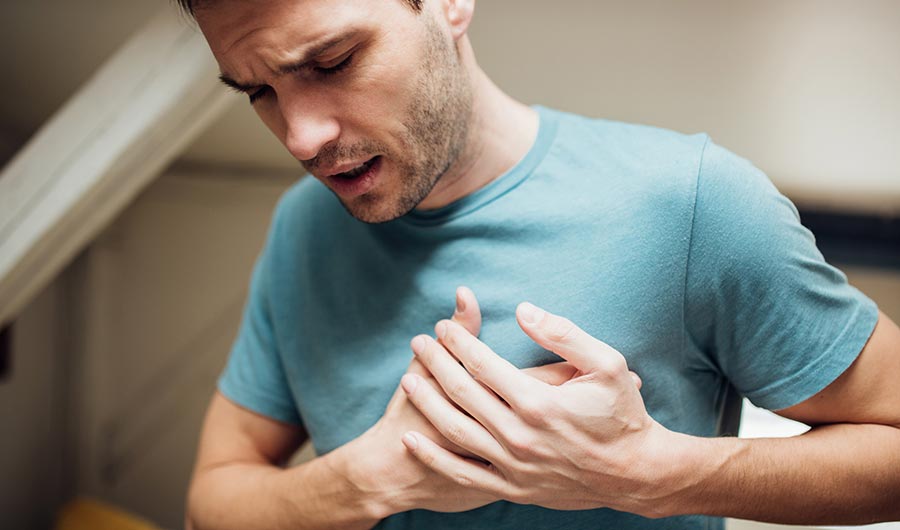 In addition to chest tightness, other symptoms include:
In addition to chest tightness, other symptoms include:
- chest pain
- confusion, especially if you’re older than 65
- cough
- fatigue
- sweating, fever, chills
- lower than normal body temperature
- shortness of breath
- nausea and diarrhea
It’s possible to develop a variety of complications from this infection. You should seek out your doctor as soon as you suspect you have pneumonia.
Learn more about pneumonia.
Asthma
Asthma is a condition in which the airways in your lungs become inflamed, narrow, and swollen. This, in addition to the production of extra mucus, can make it hard to breathe for those who have asthma.
The severity of asthma varies from person to person. Those who have this condition need to manage their symptoms.
Chest tightness is an incredibly common sign of asthma, along with:
- shortness of breath
- coughing
- wheezing
- a whistling or wheezing sound when exhaling
It’s common in some people for these symptoms to flare up at certain times, like when exercising. You can also have occupational and allergy-induced asthma, where irritants in the workplace or environment make the symptoms worse.
You can also have occupational and allergy-induced asthma, where irritants in the workplace or environment make the symptoms worse.
Asthma symptoms can be managed with prescription medications. Talk to your doctor about ways to determine if you need emergency treatment when feeling short of breath.
Learn more about asthma.
Ulcers
Peptic ulcers occur when a sore develops on the lining of the stomach, esophagus, or small intestine. While stomach pain is the most common symptom of an ulcer, it’s possible to experience chest pain as a cause of this condition. Other symptoms are:
- burning stomach pain
- feeling full or bloated
- burping
- heartburn
- nausea
Treatment for ulcers typically depends on what’s causing them in the first place. However, an empty stomach can make your symptoms worse. Eating certain foods that’ll buffer stomach acids can also bring you some relief from these painful symptoms.
Learn more about ulcers.
Hiatal hernia
A hiatal hernia is a condition in which part of the stomach pushes up through the diaphragm, or the muscle that separates the chest from the abdomen.
In many cases, you may never even notice that you have a hiatal hernia. However, a large hiatal hernia will cause food and acid to back up into the esophagus, causing heartburn.
In addition to heartburn and chest tightness, a large hiatal hernia will cause:
- burping
- difficulty swallowing
- chest and abdominal pain
- feelings of fullness
- vomiting of blood or passing of black stools
Treatments usually include medications to reduce heartburn, or, in more severe cases, surgery.
Learn more about hiatal hernia.
Rib fracture
In most cases, a fractured rib is caused by some sort of trauma, causing the bone to crack. Though deeply painful, broken ribs usually heal on their own in 1 or 2 months.
However, it’s important to monitor rib injuries so that complications don’t develop.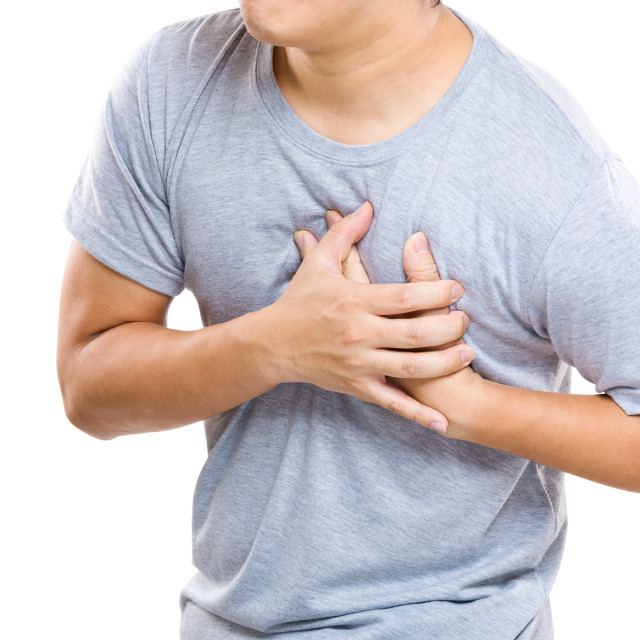 Pain is the most severe and common symptoms of an injured rib. It usually gets worse when you take a deep breath, press on the injured area, or bend or twist your body. Treatment usually involves pain medication and physical therapy, such as breathing exercises.
Pain is the most severe and common symptoms of an injured rib. It usually gets worse when you take a deep breath, press on the injured area, or bend or twist your body. Treatment usually involves pain medication and physical therapy, such as breathing exercises.
Learn more about fractured ribs.
Shingles
Shingles is a painful rash that’s caused by a viral infection. It’s possible to get this rash anywhere on your body, but it usually wraps around one side of your chest. While shingles isn’t life threatening, it can be incredibly painful.
Typically, symptoms only affect the area of the body that’s affected by the rash. Other symptoms include:
- pain, burning, numbness, and tingling
- sensitivity to touch
- red rash
- fluid-filled blisters
- fever
- headache
- sensitivity to light
- fatigue
- itching
If you suspect that you have shingles, you’ll want to see a doctor immediately. While there’s no cure for shingles, prescription antiviral drugs can speed up the healing process while reducing your risk of complications.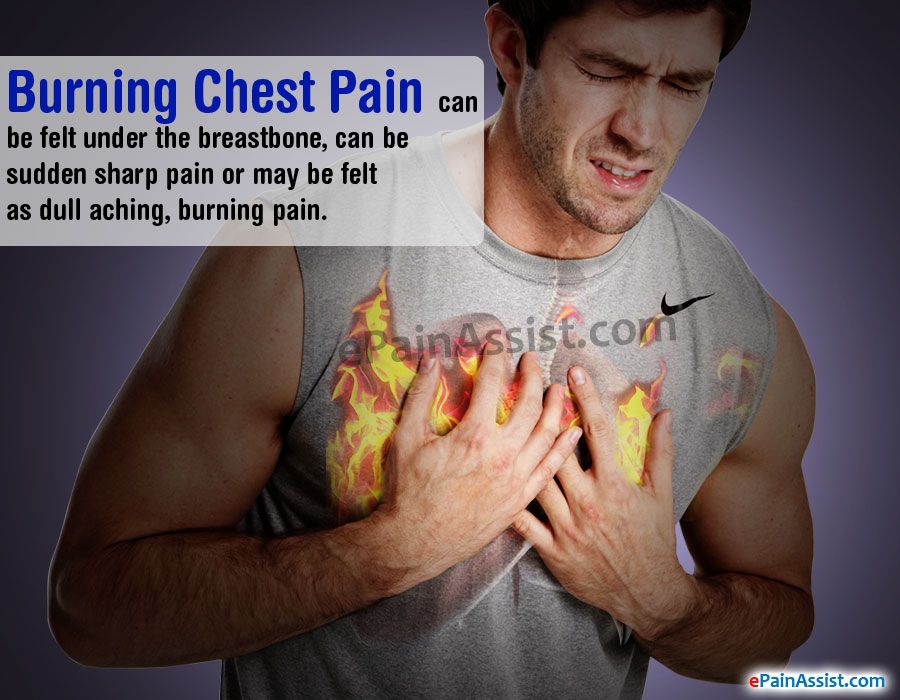 Shingles usually lasts between 2 to 6 weeks.
Shingles usually lasts between 2 to 6 weeks.
Learn more about shingles.
Pancreatitis
Pancreatitis is a condition in which the pancreas is inflamed. The pancreas is located in the upper abdomen, tucked behind the stomach. Its role is to produce enzymes that help regulate the way your body processes sugar.
Pancreatitis can go away on its own after a few days (acute pancreatitis), or it can be chronic, developing into a life threatening illness.
Acute pancreatitis symptoms include:
- upper abdominal pain
- back pain
- pain that feels worse after eating
- fever
- rapid pulse
- nausea
- vomiting
- tenderness in the abdomen
Chronic pancreatitis symptoms include:
- upper abdominal pain
- losing weight without trying
- oily, smelly stools
Initial treatments may include fasting (to give your pancreas a break), pain medication, and IV fluids. From there, treatment may vary depending on the underlying cause of your pancreatitis.
Learn more about pancreatitis.
Pulmonary hypertension
Pulmonary hypertension (PH) is a type of high blood pressure within the arteries of the lungs and the right side of the heart.
The rise in blood pressure is caused by changes in the cells that line the pulmonary arteries. These changes cause the walls of the arteries to become stiff, thick, inflamed, and tight. This can reduce or block blood flow, raising the blood pressure in these arteries.
This condition may not be noticeable for many years, but symptoms usually become apparent after a number of years. Other symptoms include:
- shortness of breath
- fatigue
- dizziness
- chest pressure or pain
- chest tightness
- swelling of the ankles, legs, and eventually in the abdomen
- bluish color in the lips and skin
- racing pulse and heart palpitations
While PH can’t be cured, medication and possibly surgery can help to manage your condition. Finding the underlying cause for your PH can be crucial in treatment as well.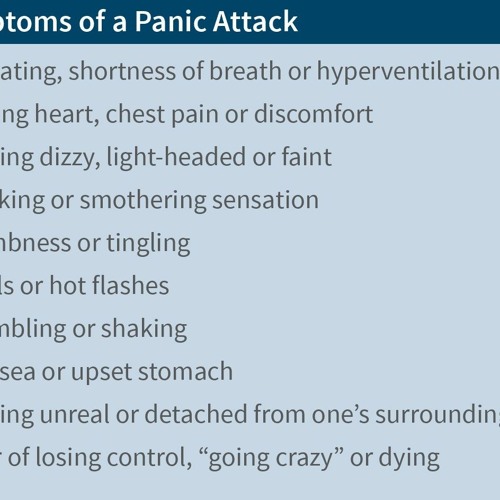
Learn more about pulmonary hypertension.
Gallstones
Gallstones are small pieces of solid material that form within the gallbladder, a small organ located under the liver.
The gallbladder stores bile, a green-yellow liquid that helps with digestion. In most cases, gallstones form when there’s too much cholesterol in the bile. Gallstones may or may not cause symptoms, and usually those that don’t require treatment.
However, you may have a gallstone that requires treatment if you experience sudden pain in the upper right portion or center of your abdomen, in addition to:
- back pain
- right shoulder pain
- nausea or vomiting
In these cases, you may need to have surgery to remove the gallbladder. If you can’t undergo surgery, it’s possible to try to take medications to dissolve the gallstones, though surgery is generally the first course of action.
Learn more about gallstones.
Costochondritis
Costochondritis is the inflammation of the cartilage in the rib cage.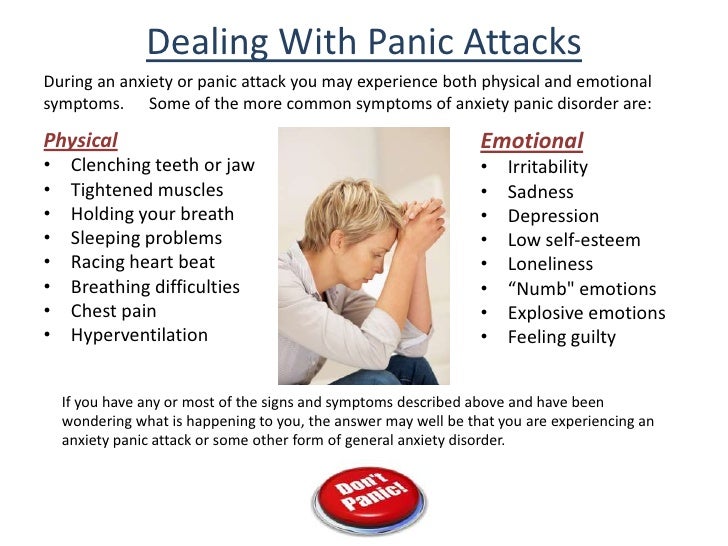 In most cases, the condition affects the cartilage that connects the upper ribs attached to the breastbone, or sternum. Pain associated with this condition usually:
In most cases, the condition affects the cartilage that connects the upper ribs attached to the breastbone, or sternum. Pain associated with this condition usually:
- occurs on the left side of the breast
- is sharp, aching, and feels like pressure
- affects more than one rib
- worsens with deep breaths or coughs
Chest pain that results from this condition can range from mild to severe. In mild cases, your chest will feel tender to the touch. In severe cases, you may also experience shooting pain in your limbs.
There’s no apparent cause for costochondritis, so treatment focuses on pain relief. The pain usually subsides on its own after several weeks.
Learn more about costochondritis.
Coronary artery disease
Coronary artery disease occurs when the major blood vessels that supply your heart with blood, oxygen, and nutrients become damaged or diseased. In most cases, this damage results from the buildup of a waxy substance, called plaque, and inflammation in these arteries.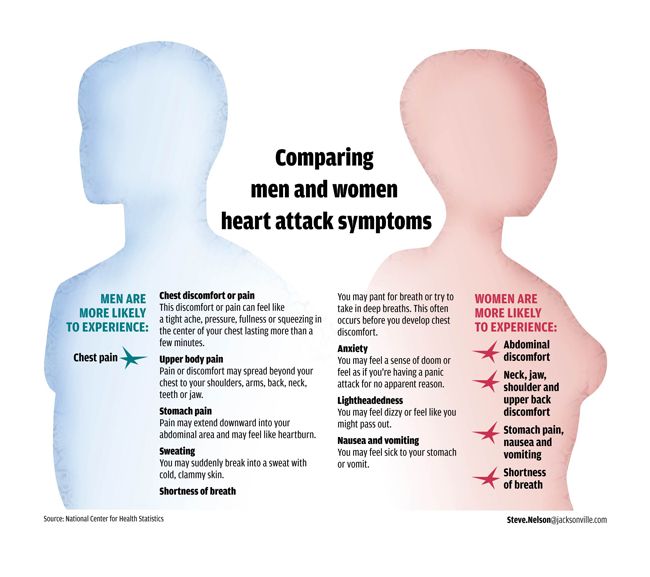
This buildup and inflammation narrows your arteries, decreasing the blood flow to the heart. This can cause pain and a number of other symptoms, including:
- chest pressure or tightness
- chest pain (angina)
- shortness of breath
If your artery becomes completely blocked, it’s possible to have a heart attack as a result of coronary artery disease. In this case, you need to seek immediate medical treatment.
A variety of lifestyle changes can both prevent and treat coronary artery disease. However, a number of medications and procedures are also available, depending on the severity of your case.
Learn more about coronary artery disease.
Esophageal contraction disorder
Esophageal contraction disorder is characterized by painful contractions in the esophagus. The esophagus is the muscular tube that connects your mouth and stomach. These spasms usually feel like sudden, severe chest pain, and they can last anywhere from a few minutes to a few hours. Other symptoms include:
Other symptoms include:
- difficulty swallowing
- the feeling that an object is stuck in your throat
- regurgitation of food or liquids
If your esophagus spasms only occasionally, you may not want to seek treatment. However, if this condition prevents you from eating and drinking, you may want to see what your doctor can do for you. They may recommend that you:
- avoid certain foods or drinks
- manage the underlying conditions
- use medications to relax your esophagus
- consider surgery
Learn more about esophageal contraction disorder.
Esophageal hypersensitivity
People with esophageal hypersensitivity are extremely sensitive to conditions that may affect the esophagus. They may report more frequent and intense symptoms, such as chest pain and heartburn. In many cases, esophageal hypersensitivity isn’t a problem. However, if it occurs simultaneously with conditions like GERD, the pain can be debilitating.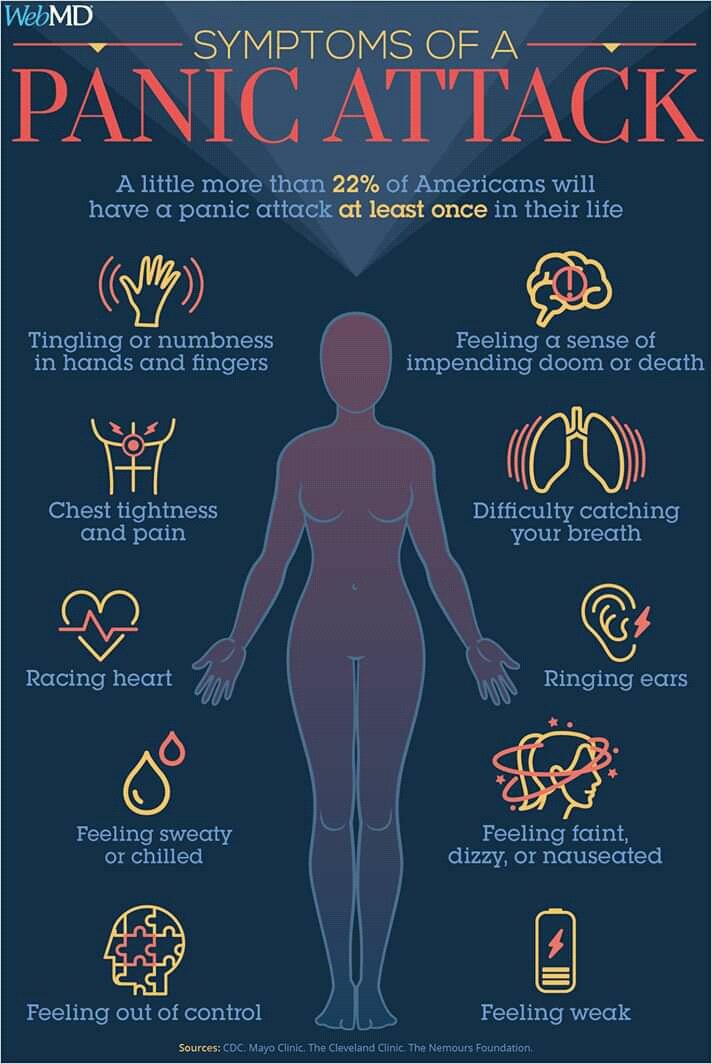
The symptoms of esophageal hypersensitivity are typically identical to those of GERD. Initial treatment usually involves acid suppressants. Other medications or surgery may be necessary.
Esophageal rupture
A rupture of the esophagus is a tear or a hole in the esophagus. The esophagus is the tube that connects your mouth to your stomach, where food and liquids pass through.
Though uncommon, esophageal rupture is a life threatening condition. Intense pain is the first symptom of this condition, usually where the rupture occurred, but also in your general chest area. Other symptoms include:
- trouble swallowing
- increased heart rate
- low blood pressure
- fever
- chills
- vomiting, which may include blood
- pain or stiffness in your neck
Prompt treatment can help prevent infection and other complications. It’s important to prevent the fluid that travels through the esophagus from leaking. It can become trapped in the tissue of your lungs and cause infections and breathing difficulties.
Most people will need surgery to close the rupture. Seek treatment immediately if you’re having trouble breathing or swallowing.
Learn more about esophageal rupture.
Mitral valve prolapse
The mitral valve lies between the left atrium and left ventricle of the heart. As the left atrium fills with blood, the mitral valve opens, and blood flows into the left ventricle. However, when the mitral valve doesn’t close properly, a condition known as mitral valve prolapse occurs.
This condition is also known as click-murmur syndrome, Barlow’s syndrome, or floppy valve syndrome.
When the valve doesn’t close completely, the leaflets of the valve bulge, or prolapse, in the left atrium, which is the upper chamber.
Many people with this condition don’t have any symptoms, though some may occur if blood is leaking back through the valve (regurgitation). Symptoms vary greatly from person to person and can worsen over time. They include:
- racing or irregular heartbeat
- dizziness or lightheadedness
- difficulty breathing
- shortness of breath
- fatigue
- chest pain
Only some cases of mitral valve prolapse require treatment.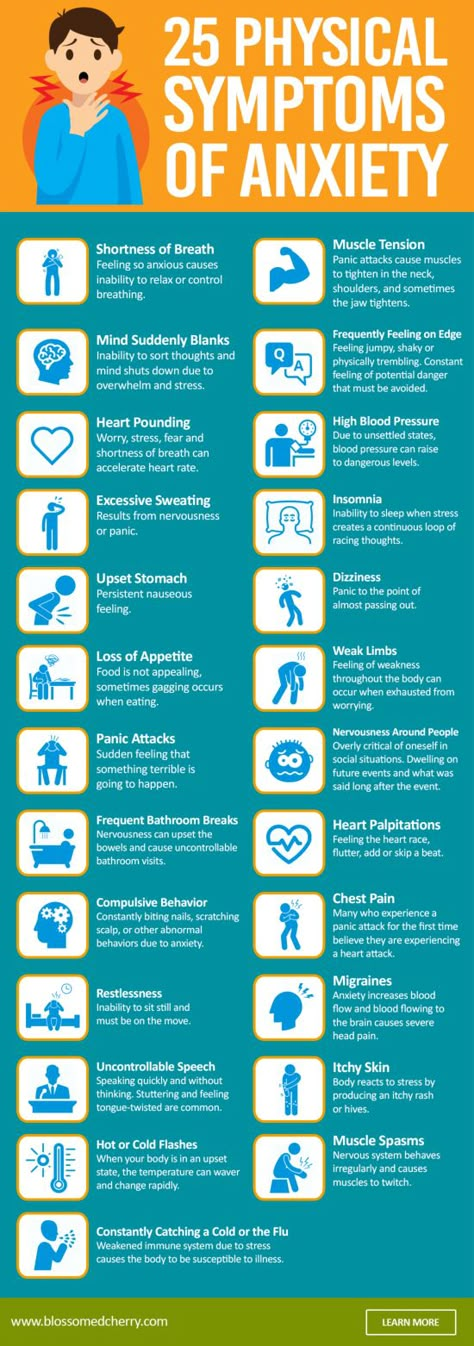 However, your doctor may recommend medications or surgery, depending on the severity of your condition.
However, your doctor may recommend medications or surgery, depending on the severity of your condition.
Learn more about mitral valve prolapse.
Hypertrophic cardiomyopathy
Hypertrophic cardiomyopathy (HCM) is a disease that causes the heart muscle to be abnormally thick, or hypertrophied. This typically makes it harder for the heart to pump blood. Many people never experience symptoms and can go their whole lives without being diagnosed.
However, if you do experience symptoms, HCM can cause any of the following:
- shortness of breath
- chest pain and tightness
- fainting
- sensation of rapid fluttering and pounding heartbeats
- heart murmur
Treatment of HCM depends on the severity of your symptoms. You can use medications to relax the heart muscle and slow your heart rate, undergo surgery, or implant a small device, called an implantable cardioverter defibrillator (ICD), into your chest. An ICD continuously monitors your heartbeat and fixes dangerous abnormal heart rhythms.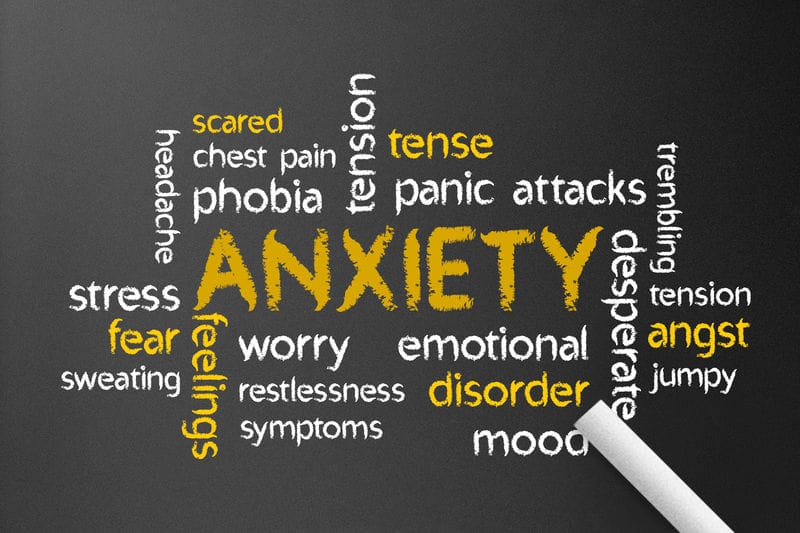
Learn more about hypertrophic cardiomyopathy.
Pericarditis
The pericardium is a thin, sac-like membrane surrounding the heart. When swelling and irritation occurs in this membrane, a condition called pericarditis occurs. Pericarditis has different classification types, and the symptoms vary for each type of pericarditis you have. However, symptoms for all types include:
- sharp and piercing chest pain in the center or left side of the chest
- shortness of breath, especially when reclining
- heart palpitations
- low-grade fever
- overall sense of weakness, fatigue, feeling sick
- cough
- abdominal or leg swelling
The chest pain associated with pericarditis happens when the irritated layers of the pericardium rub against each other. This condition can come on suddenly but last temporarily. This is known as acute pericarditis.
When symptoms are gradual and persist for a long time, you may have chronic pericarditis.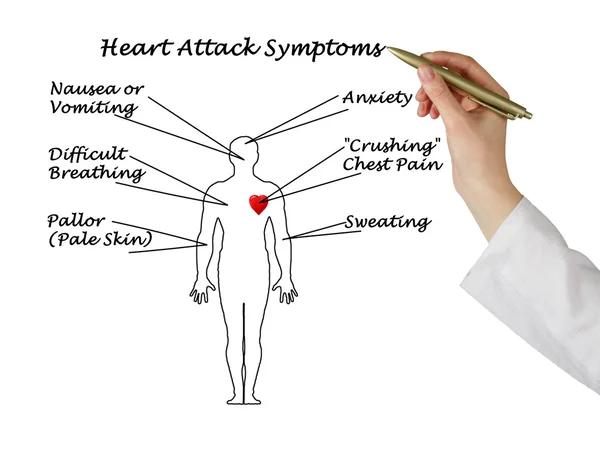 Most cases will improve on their own over time. Treatment of more severe cases include medications and possibly surgery.
Most cases will improve on their own over time. Treatment of more severe cases include medications and possibly surgery.
Learn more about pericarditis.
Pleuritis
Pleuritis, also known as pleurisy, is a condition in which the pleura becomes inflamed. The pleura is a membrane that lines the inner side of the chest cavity and surrounds the lungs. Chest pain is the main symptom. Radiating pain in the shoulders and back may also occur. Other symptoms include:
- shortness of breath
- cough
- fever
A number of conditions can cause pleuritis. Treatment usually involves pain control and treating the underlying cause.
Learn more about pleuritis.
Pneumothorax
Pneumothorax happens when one of your lungs collapses, and air leaks into the space between your lung and chest wall. When air pushes on the outside of your lung, it can collapse.
Most of the time, a pneumothorax is caused by a traumatic chest injury. It can also occur from damage from an underlying chest disease or certain medical procedures.
Symptoms include sudden chest pain and shortness of breath. While a pneumothorax can be life threatening, some may heal on their own. If not, treatment usually involves inserting a flexible tube or needle between the ribs to remove excess air.
Learn more about pneumothorax.
Coronary artery tear
A coronary artery tear is an emergency situation where a blood vessel that supplies oxygen and blood to the heart spontaneously tears. This can slow or block blood flow to the heart, causing sudden heart attack and even sudden death. A coronary artery tear can cause:
- chest pain
- rapid heartbeat
- pain in the arm, shoulder, or jaw
- shortness of breath
- sweating
- extreme tiredness
- nausea
- dizziness
When you experience a coronary artery tear, the main priority through treatment is to restore blood flow to the heart. If this doesn’t occur naturally, a doctor repairs the tear through surgery. Surgery involves either opening the artery with a balloon or stent, or bypassing the artery.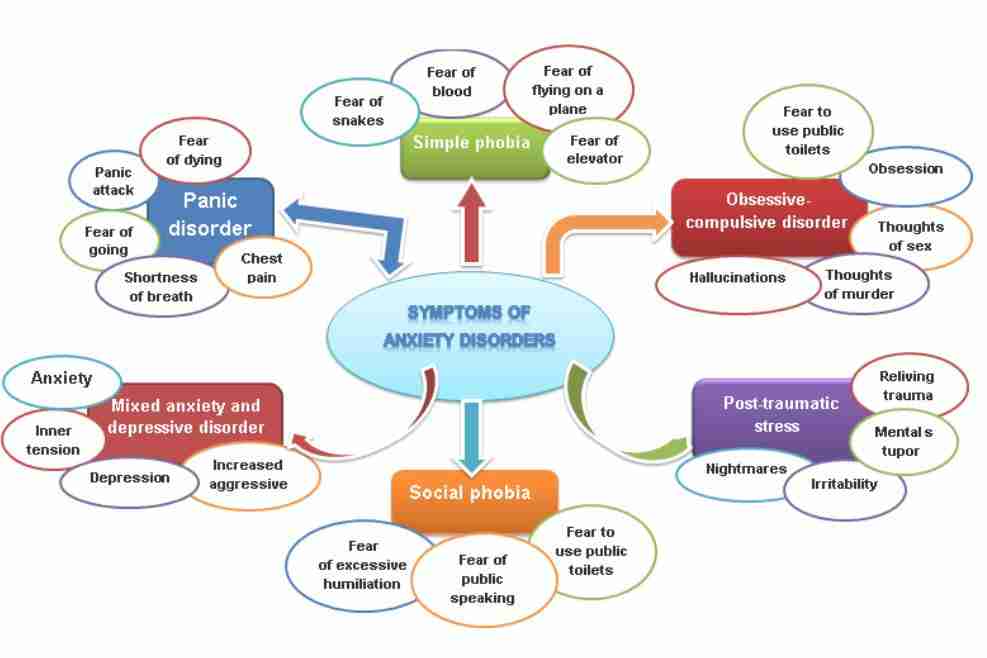
Pulmonary embolism
A pulmonary embolism occurs when one of the pulmonary arteries in your lungs is blocked. In most cases, this is caused by blood clots that travel to the lungs from the legs.
If you experience this condition, you’ll feel shortness of breath, chest pain, and a cough. Less common symptoms include:
- leg pain and swelling
- clammy and discolored skin
- fever
- sweating
- rapid heartbeat
- lightheadedness or dizziness
While pulmonary embolisms can be life threatening, early detection and treatment greatly increase your chances of survival. Treatment usually involves surgery and medication. You might also be interested in medications that prevent further clots from forming.
Learn more about pulmonary embolism.
Your doctor will conduct tests to determine the cause of your chest tightness. If the tests for a heart attack come back negative, your symptoms may be caused by anxiety.
You should discuss your symptoms with your doctor to determine when to seek immediate medical attention if you experience chest tightness again.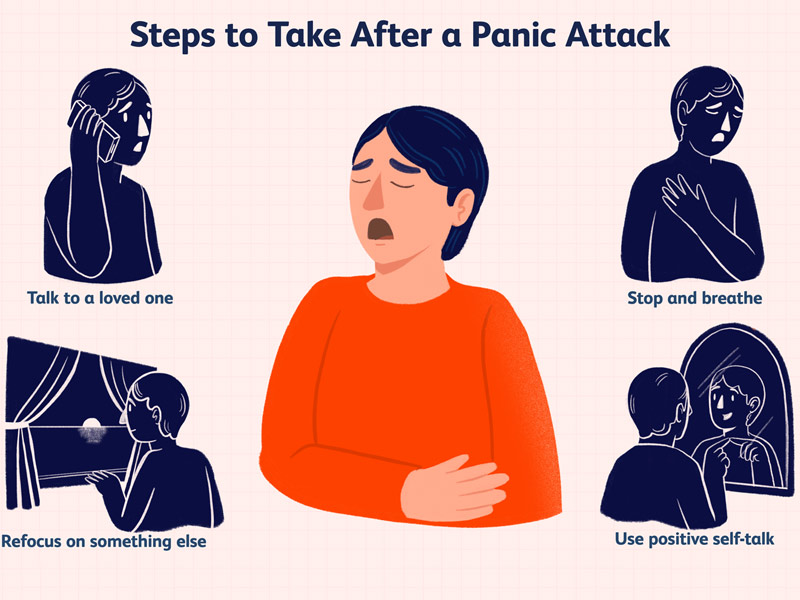 It may be possible to link your chest tightness to other symptoms that’ll help you identify anxiety versus a cardiac event.
It may be possible to link your chest tightness to other symptoms that’ll help you identify anxiety versus a cardiac event.
Home treatments
Once you can link your chest tightness with anxiety, there are several ways you can combat the symptom at home. Several lifestyle adjustments can help you reduce stress and relieve anxiety, including:
- regular exercise
- avoiding stress
- avoiding caffeine
- avoiding tobacco, alcohol, and drugs
- eating a balanced diet
- using relaxation methods like meditation
- finding hobbies outside of school or work
- socializing regularly
You shouldn’t ignore feelings of anxiety or avoid medical treatment for the condition. It may be that home-based treatments alone can’t help reduce your anxiety. See your doctor to determine other treatment methods for anxiety.
Chest tightness isn’t a symptom to take lightly. If you experience chest tightness with other concerning symptoms, see a doctor immediately. Chest tightness could be a symptom of a serious health condition, like a heart attack.
Chest tightness could be a symptom of a serious health condition, like a heart attack.
If your chest tightness is the result of anxiety, you should discuss the symptoms with your doctor. Anxiety should be treated early to keep it from getting worse. Your doctor can help you implement a plan that’ll reduce anxiety and chest tightness. This may include lifestyle adjustments that help you manage the anxiety from home.
Read this article in Spanish.
Heart attack and panic attack: how to tell the difference?
The difference between a heart attack and a panic attack worries many people. It is especially acute in persons who, with persistent periodicity, experience discomfort in the chest, increased sweating, dizziness, shortness of breath and trembling.
Medical examination is the only way to determine the type of attack, since it is difficult to identify a person's condition by subjective indicators. However, understanding the symptoms and risk factors can point to the root of the problem.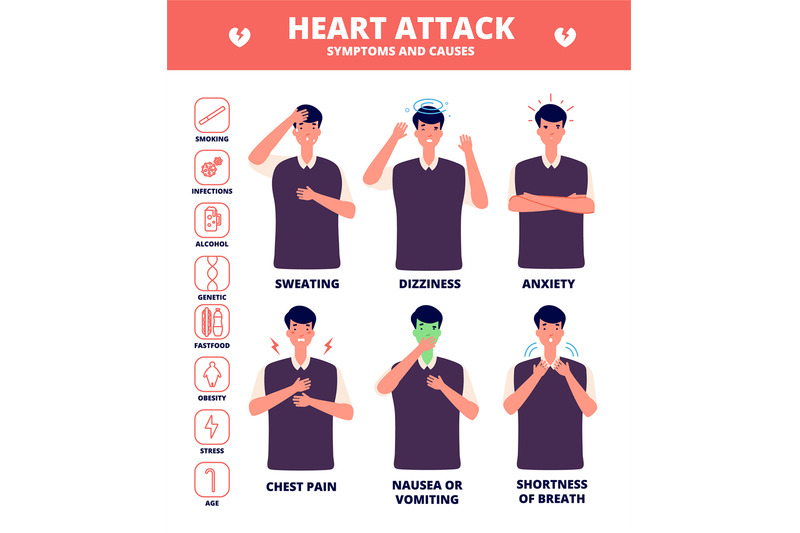
Panic attacks are a characteristic manifestation of panic-type disorders, but they can also be associated with other psychiatric conditions such as obsessive-compulsive disorder or social anxiety disorder.
The main risk factor for panic attacks is mental health, and in the case of heart attacks, physical health plays a large role. Among the main indicators: age, cholesterol level, body weight, blood pressure level, diet, etc.
Many doctors note that the nature of the pain can help determine the type of attack it accompanies. Sharp pain behind the sternum or pain concentrated in one small area is associated with panic attacks. This pain is stabbing in nature and usually lasts 5-10 seconds.
According to Dr. MaryAnn McLaughlin, cardiologist at Mount Sinai Hospital, USA, patients with a heart attack in most cases report a feeling of tightness in the chest rather than pain. This sensation is comparable to the sensation that occurs when wearing a tight bra or as if something is constricting in the chest.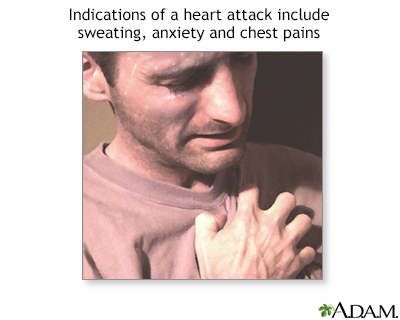
"There are certain types of heart attacks that are accompanied by a feeling of intense pain, but in general they begin with a feeling of squeezing, squeezing, which can spread towards the arms," explained M. McLaughlin.
The duration of the attack is also one of the key differences. Typically, panic attacks last up to 10 minutes, and heart attacks can usually last longer. If a person experiences the above symptoms for more than 5 minutes, seek immediate medical attention.
There are some studies that indicate that heart attacks are often accompanied by intense physical exertion or feelings of anger or frustration. For example, if an older person is not used to exercise, they may be at risk of having a heart attack after exercising.
In contrast, panic attacks can occur both in a state of anxiety and in a state of calm.
However, if the person is unsure of what may have triggered the attack, it is best to seek immediate medical attention. Health professionals warn that the symptoms of a heart attack can often be overlooked, especially among women.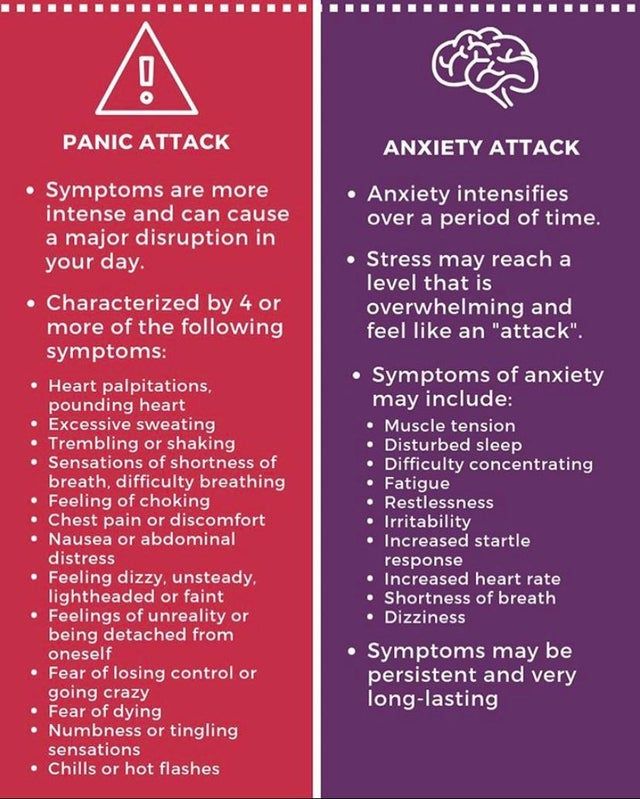
From www.medicaldaily.com
Panic attack chest pain: burning and heaviness in the chest
Often, pain and burning in the chest are symptoms of a heart attack, heart attack, intercostal neuralgia, osteochondrosis of the cervical and thoracic regions and other diseases. It feels like a layer of red-hot iron leaning against the inside, or like a tub of boiling water poured onto the chest. For people who have not experienced a panic attack, this is terrifying. The person suspects the worst and starts to panic even more.
How to distinguish a heart attack from a panic attack?
-
Anxiety pain often develops when the person is at rest. Pain from a heart attack in most cases comes during physical activity.
-
Acute pain and discomfort from a heart attack often radiates from the chest to other parts of the body: jaw, shoulders, or arms.
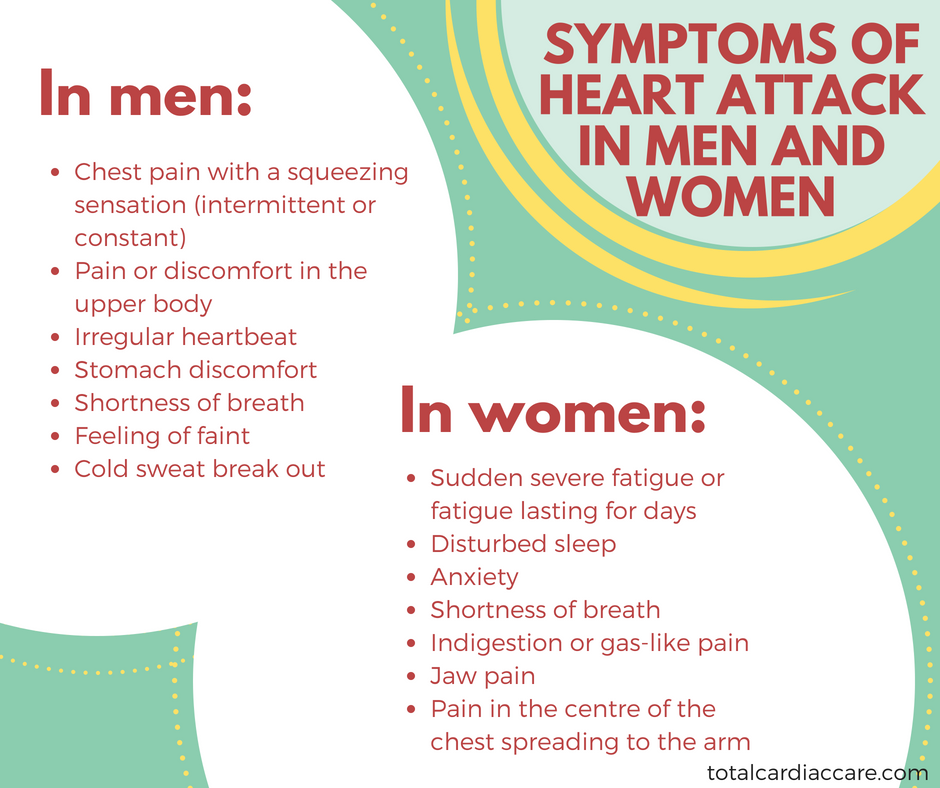 Burning in the chest during panic attacks always remains within the chest.
Burning in the chest during panic attacks always remains within the chest. -
Anxiety pain develops quickly and subsides quickly as well. Typically, these outbreaks last no more than ten minutes. At the same time, pains related to cardiac disorders begin slowly and gradually increase.
-
The pain in the chest during a panic attack is more severe than during a heart attack. In the latter case, people describe chest discomfort as tightness or heaviness.
Causes may include hyperventilation, cardiovascular disorders, digestive and gastrointestinal problems.
What to do about chest pain?
If:
-
there were attacks of coughing, accompanied by pre-syncope;
-
burning radiating to left shoulder blade/shoulder/side of jaw;
-
you have been lying down for 15 minutes and the pain does not decrease;
-
pulse accelerated, sweat began to stand out profusely, and there is vomiting.
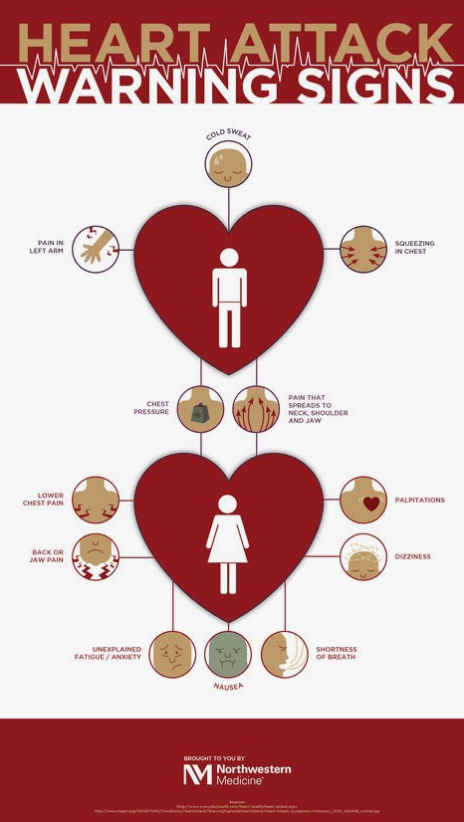
Call an ambulance immediately. These are clear signs of a heart attack.
Otherwise:
-
First, make sure you're safe. If you are driving a car or bicycle, stop. If you are walking, lean against the wall.
-
Align breathing.
-
Counting from 10 to 1 and back.
-
Persuasion. Reassure yourself that the attack will end soon.
-
Concentration on abstract objects.
-
Chest massage. With light circular movements, he guides the affected area with fingertips, while not forgetting to breathe deeply.
What then?
If you have an attack for the first time, analyze what caused it.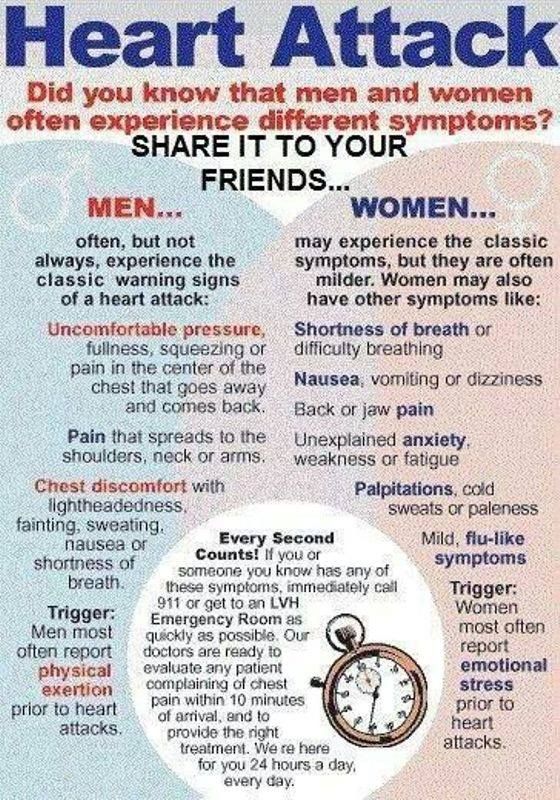 If panic attacks are persistent, get tested. In the case when pathologies in the body have not been identified, contact a psychologist or a psychotherapist.
If panic attacks are persistent, get tested. In the case when pathologies in the body have not been identified, contact a psychologist or a psychotherapist.
Do not use medications without a doctor's prescription and do not self-medicate. Check your lifestyle.
-
Give up bad habits.
-
Introduce physical activity.
-
Quit smoking and alcohol.
-
Take walks.
-
Meditate.
-
Do breathing exercises.
-
Book a massage. Sometimes a burning sensation in the chest appears due to overexertion of some muscles.
-
Be careful with caffeine.
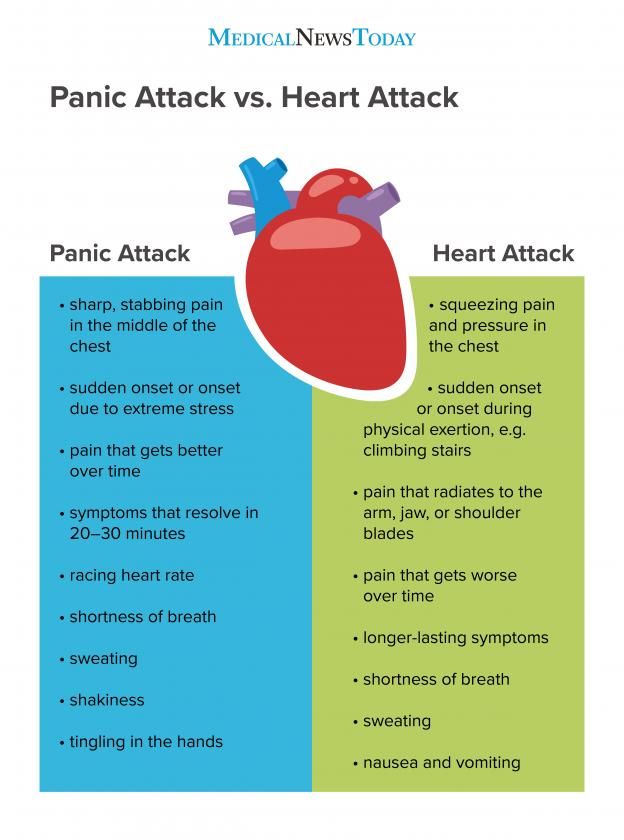
-
Avoid foods containing sugar.
Remember that there are no incurable diseases, especially with modern medicine. Pay attention to rest, make sure that your sleep is healthy and in sufficient quantity.
Try not to focus on your fears, but to look for the root of the problem. Take apart the causes and effects “by the bones”, work out every little thing in detail.
Life is not scary. Love yourself.
- #pain
- #panic attack
Similar articles
11/23/2020
Olga Butakova
Throws you into a fever during a panic attack
Direction: Psychosomatics
Panic attack is not a cause, but a symptom. The symptom signals an excessive load on the body, with which it cannot cope. As a result, seizures occur, characterized by various manifestations:
Full text
- #Articles
14.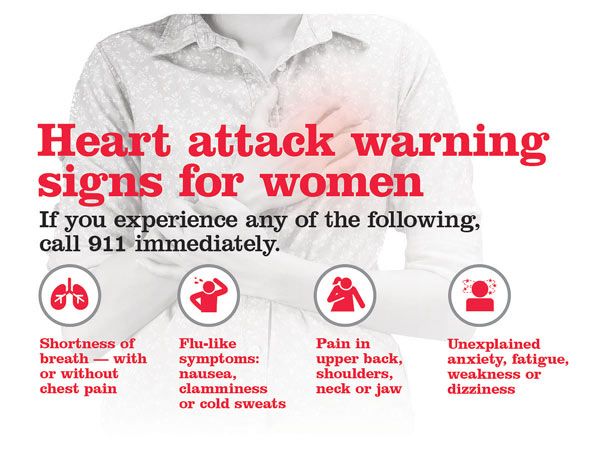 12.2020
12.2020
Olga Butakova
Psychosomatics of testicular cysts in men
Direction: Psychosomatics
Spermatocele (also called an epididymal cyst) is a dense sac filled with a liquid substance (including seminal fluid) that grows close to the outer layer of the skin. This sac is located in the scrotum and surrounds the back and top of the testicle. There are several main reasons for the development of this disease, but including the psychosomatics of the testicular cyst […]
Full text
- #Articles
11/23/2020
Olga Butakova
Psychosomatics of warts
Direction: Psychosomatics
Warts are small benign formations that appear on the skin. They are also called papillomas because they are the result of the activity of the human papillomavirus (HPV). Nodules can appear on the body as a result of a decrease in immune defense, which occurs during hypothermia, after an illness, or due to stress.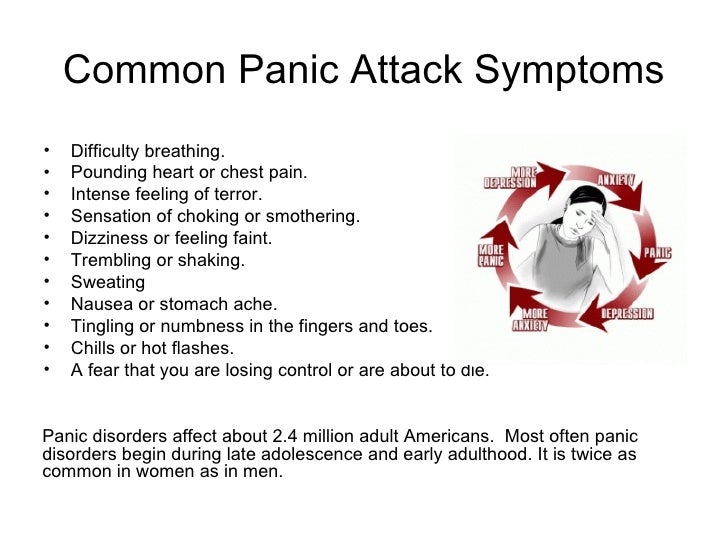 Therefore, in the treatment of these neoplasms, the psychosomatics of the wart plays an important role. What are warts […]
Therefore, in the treatment of these neoplasms, the psychosomatics of the wart plays an important role. What are warts […]
Full text
- #Articles
03/15/2021
Olga Butakova
Psychosomatics of overeating
Direction: Psychosomatics
Human eating behavior is determined not only by energy saturation, it also depends on psychological and social factors. The process of digestion is started and controlled by nerve impulses, but numerous studies indicate the existence of a neurochemical connection. The psychological state of a person is able to determine the functioning of the organs of the digestive system, in connection with which the psychosomatics of overeating is of particular importance. Overeating as a symptom of psychological disorders The basis […]
Full text
13.12.2020
Olga Butakova
Psychosomatics of tongue ulcers
Direction: Psychosomatics
Mouth ulcers are characterized by soft tissue damage in the area of the tongue, cheeks, lips, palate and larynx.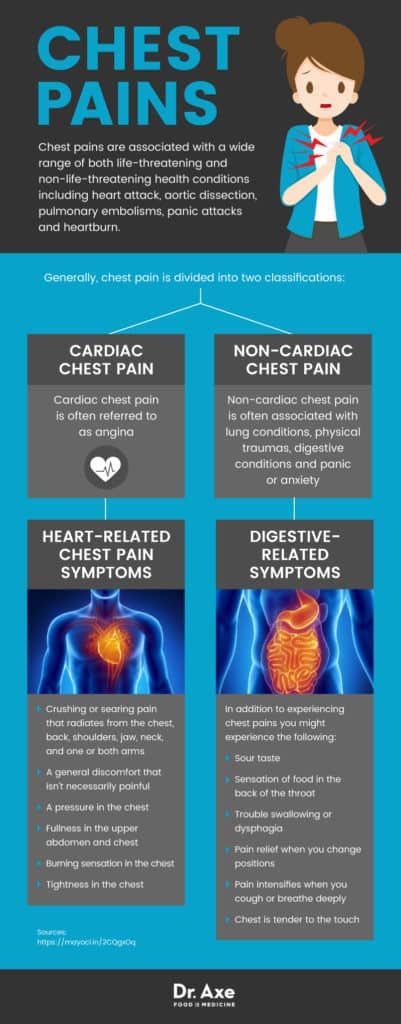 This area is irritated and inflamed, forming a small wound or sore. Ulcers are at risk of bleeding, so it is important to control them and treat them promptly. However, it is not always possible to establish the physical cause of the appearance of such tissue defects. In this case, most likely, psychosomatics takes place [...]
This area is irritated and inflamed, forming a small wound or sore. Ulcers are at risk of bleeding, so it is important to control them and treat them promptly. However, it is not always possible to establish the physical cause of the appearance of such tissue defects. In this case, most likely, psychosomatics takes place [...]
Full text
- #Articles
11/21/2020
Olga Butakova
Psychosomatics of cat allergy
Specialization: Psychosomatics
Allergic reactions are a common problem in modern society. Allergy to animal hair can appear suddenly, it causes unpleasant symptoms, which many people fight with the help of pharmaceutical drugs. However, in some cases, drugs do not bring positive results, since an allergy to animal hair may be due to psychosomatic causes. Psychosomatics is one of […]
Full text
- #Articles
03/24/2021
Olga Butakova
Psychosomatics of shortness of breath
Direction: Psychosomatics
Shortness of breath can accompany many diseases, in particular the heart or cardiovascular system.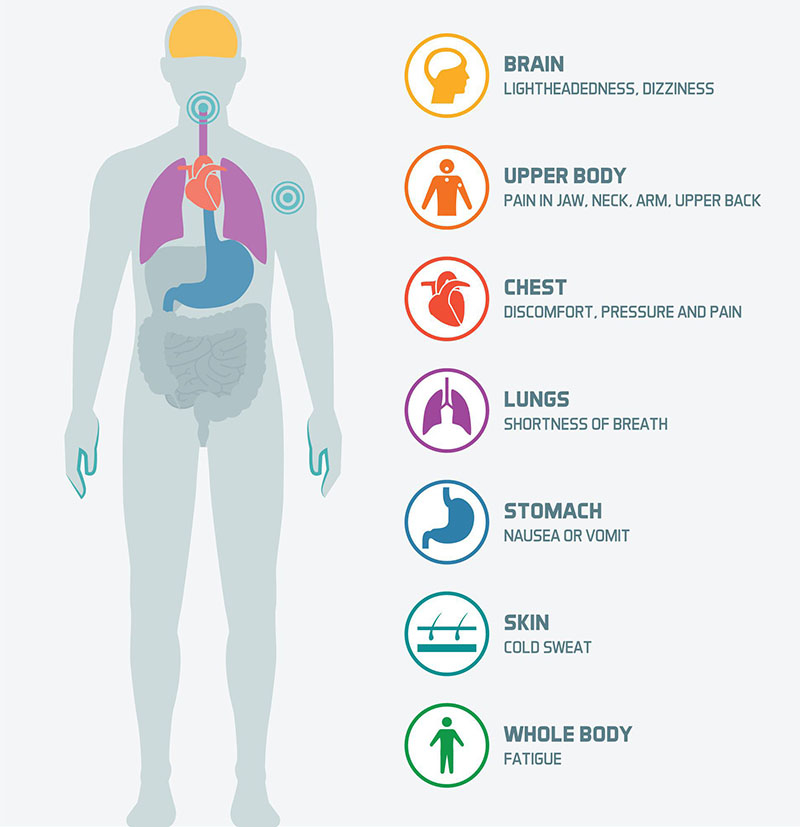 However, it is also a companion of neurotic disorders, when, against the background of emotional overstrain, the normal functioning of the human body is disrupted. This phenomenon is referred to as psychosomatic symptoms. In this case, difficulty in breathing is usually not associated with any physical pathology, so this condition requires a special therapeutic approach. Shortness of breath and […]
However, it is also a companion of neurotic disorders, when, against the background of emotional overstrain, the normal functioning of the human body is disrupted. This phenomenon is referred to as psychosomatic symptoms. In this case, difficulty in breathing is usually not associated with any physical pathology, so this condition requires a special therapeutic approach. Shortness of breath and […]
Full text
01/18/2021
Olga Butakova
What is the task of a psychologist if they come to him for the fulfillment of dreams?
Direction: Psychology Psychosomatics Self-development
Imagine that you are a primary school teacher. September 1, the confused eyes of first-graders look at you. And you are telling the truth, understandable to anyone who has completed the 9th grade: ✅ at school it will not always be easy / interesting; ✅ you will have to learn a lot by heart, even if you don’t understand this topic; Good grades are no guarantee of success in life.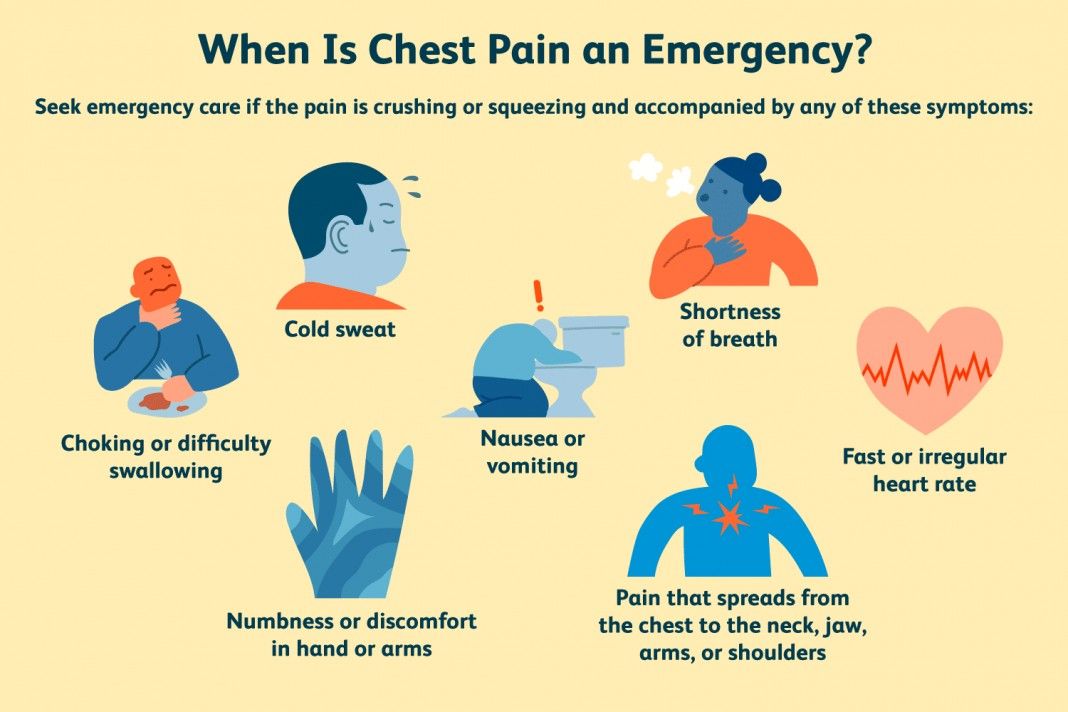 In a word, strain […]
In a word, strain […]
Full text
17.12.2020
Olga Butakova
Psychosomatics of pinching of the sciatic nerve
Direction: Psychosomatics
Discomfort and pain in the lower back and lower extremities can occur as a result of pinching of the sciatic nerve, in such cases, patients are diagnosed with sciatica. This disease has a non-inflammatory nature, as it occurs as a result of injury, infringement and other effects on the sciatic nerve. However, modern specialists are actively studying the psychosomatics of pinching the sciatic nerve, since in the course of numerous studies […]
Full text
12/18/2020
Olga Butakova
Psychosomatics of arthrosis
Direction: Psychosomatics
In modern medicine, not only the physiological causes of diseases are considered, but also the psychological prerequisites for their development.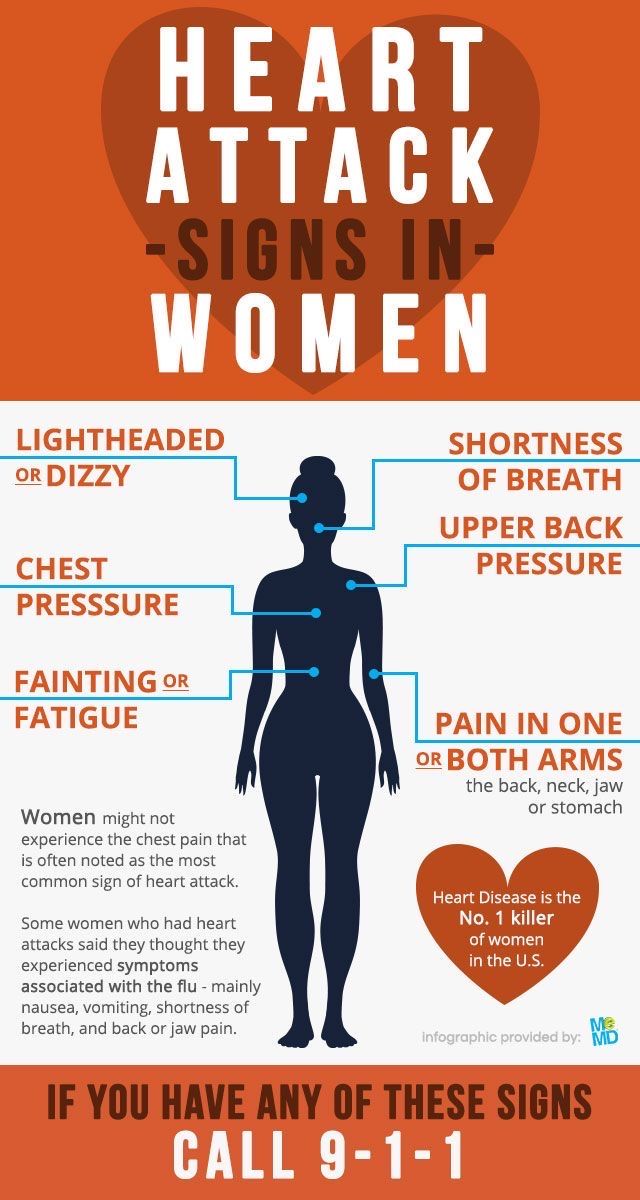 Some experts believe that stress, overexcitation and strong emotions can cause various pathologies, which include arthrosis. This disease is characterized by damage to the articular cartilage and metabolic disorders in this area. The psychosomatics of arthrosis describes the appearance of the disease as a kind of protective mechanism […]
Some experts believe that stress, overexcitation and strong emotions can cause various pathologies, which include arthrosis. This disease is characterized by damage to the articular cartilage and metabolic disorders in this area. The psychosomatics of arthrosis describes the appearance of the disease as a kind of protective mechanism […]
Full text
Courses that may interest you
Olga Butakova. Primary School of Health for All
Teacher: Olga Butakova
9 hours
Should we learn to be healthy? Obviously yes! Our health is our mission. And it is unlikely that anyone will want to solve it together with us, and even more so instead of us. Time is different. Is it simple? - Yes! It's simple. You have to understand what to do. And do things that improve health.
1390 ₽
Add to favoritesMore info
Olga Butakova. Antistress. 67 ways to get out of stress
Teacher: Olga Butakova
4.5 hours
Are you tired of being afraid? Tired of living in constant stress? Do you feel your energy drop? Do you understand that you need to work like never before, but you don’t have the strength? Constantly asking yourself the question "What to do"? And do not suspect that this question is actually supported by the hormone of motivation for your own safety.